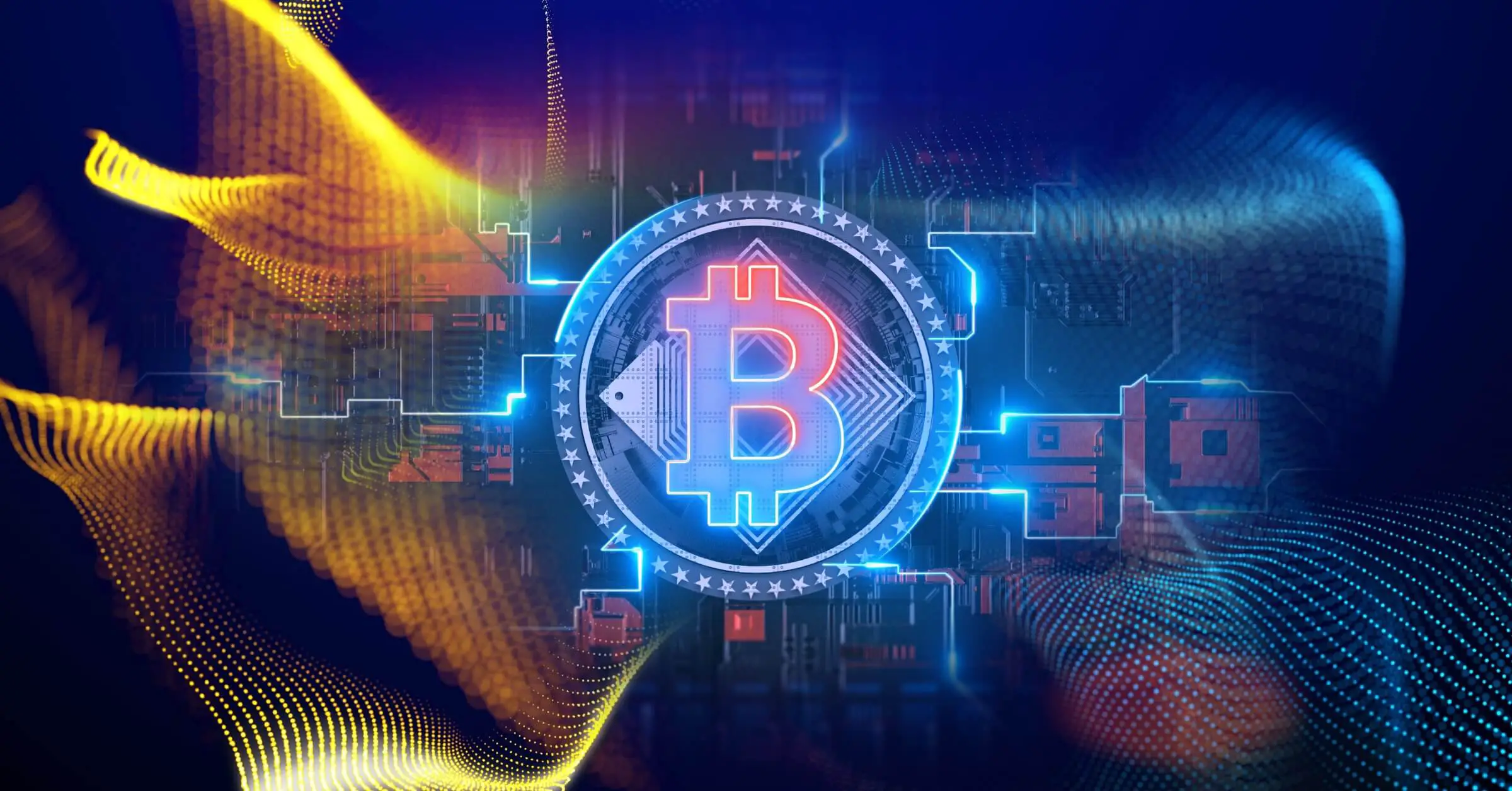
The Bitcoin Mempool, or Memory Pool, stands as a vital component in the Bitcoin network, overseeing the processing of transactions in a decentralized manner. Unlike traditional financial systems reliant on centralized authorities, Bitcoin transactions undergo verification by a distributed network of nodes, with the Mempool serving as a temporary repository for unconfirmed transactions.
This dynamic element ensures the smooth flow of transactions throughout the network. Understanding the Mempool is crucial for users navigating the complexities of the Bitcoin network, as it significantly influences transaction confirmation speed, directly impacting user experience. Gaining insight into Mempool dynamics empowers users to make informed decisions regarding transaction fees. See the image below.
What is the Bitcoin Mempool?
Definition and Function
The Mempool is a dynamic and constantly evolving pool of unconfirmed transactions waiting to be added to the Bitcoin blockchain. Transactions enter the Mempool after being broadcast to the network, and miners select transactions from the Mempool to include in the next block.
Relationship with Bitcoin Transactions
Every Bitcoin transaction must pass through the Mempool before being added to the blockchain. The Mempool acts as a staging area, holding transactions until miners validate and include them in a block. This process ensures the integrity and security of the Bitcoin network.
Role in the Bitcoin Network
The Mempool acts as a buffer between users initiating transactions and the blockchain. It prevents the network from becoming congested by temporarily holding unconfirmed transactions, allowing miners to prioritize and select transactions based on various factors.
How the Mempool Works
Transaction Lifecycle
Submission: Transactions are broadcast to the Bitcoin network by users.
Inclusion in Mempool: Valid transactions enter the Mempool, awaiting confirmation.
Miner Selection: Miners select transactions from the Mempool to form a new block.
Blockchain Inclusion: The selected transactions are added to the blockchain.
Inclusion Criteria for Transactions
Transactions in the Mempool must adhere to specific criteria, including proper formatting, cryptographic validity, and adequate transaction fees. Miners prioritize transactions based on fees and other factors, determining which transactions get included in the next block.
Fee Structure and Transaction Prioritization
Transaction fees incentivize miners to include specific transactions in the next block. Users can set their transaction fees to influence the priority of their transactions. Higher fees generally result in faster confirmations.
Mempool Dynamics
Factors Affecting Mempool Size
The size of the Mempool fluctuates based on the volume of incoming transactions, network congestion, and block space availability. During periods of high demand, the Mempool can experience congestion, leading to delayed transaction confirmations.
Transaction Confirmation Time
Confirmation time depends on factors like transaction fees, network congestion, and miner activity. Users can optimize confirmation times by adjusting transaction fees based on current Mempool conditions.
Unconfirmed Transactions and Double Spending
Unconfirmed transactions in the Mempool are vulnerable to double spending, a scenario where a user attempts to spend the same bitcoin twice. Miners play a crucial role in preventing double-spending by selecting and confirming transactions securely.
Managing Mempool Congestion
Transaction Fees and Priority
Transaction fees directly impact the priority of a transaction in the Mempool. Users seeking faster confirmations may choose to include higher fees, ensuring their transactions are prioritized by miners.
Fee Estimation Strategies for Users
Users can employ fee estimation tools to gauge the appropriate transaction fee for their desired confirmation time. These tools analyze current Mempool conditions and suggest optimal fees based on the user’s preferences.
Impact of Network Traffic on Mempool
Network traffic, influenced by factors such as market demand and transaction volume, can lead to Mempool congestion. Users should stay informed about network conditions to make informed decisions regarding transaction fees and timing.
Mempool Visualization Tools
Understanding Mempool Charts
Mempool charts provide visual representations of key metrics, such as Mempool size, transaction fees, and confirmation times. Analyzing these charts can help users gain insights into current network conditions.
Real-time Mempool Data
Real-time data sources offer live updates on Mempool conditions, allowing users to monitor transaction activity and adjust their strategies accordingly.
Popular Tools for Monitoring Mempool
Various tools, including block explorers and dedicated Mempool monitoring platforms, enable users to track Mempool dynamics and make informed decisions about their transactions.
Future Developments and Challenges
Scaling Solutions and Mempool Optimization
Ongoing development efforts focus on scaling solutions to address Mempool congestion. Innovations such as the Lightning Network aim to optimize the Mempool and enhance overall transaction efficiency.
Impact of Protocol Upgrades on Mempool
Protocol upgrades, such as Bitcoin Improvement Proposals (BIPs), can influence Mempool dynamics. Users should stay informed about proposed changes that could impact transaction processing and confirmation times.
Potential Challenges and Solutions
As the Bitcoin network evolves, challenges related to scalability and Mempool management may arise. The community actively collaborates to identify and implement solutions to enhance the robustness of the network.
Conclusion
In summary, this comprehensive guide has delved into the intricate workings of the Bitcoin Mempool, elucidating its pivotal role as a temporary repository for unconfirmed transactions in the decentralized network. Exploring the transaction lifecycle, inclusion criteria, and fee structures, we have unraveled the dynamics influencing confirmation times. Recognizing the importance of Mempool understanding in Bitcoin transactions, the guide underscores the need for users to grasp Mempool dynamics, enabling them to navigate the network with discernment and optimize transaction outcomes. As we conclude, it is evident that the Bitcoin Mempool stands as a dynamic and indispensable element in the cryptocurrency ecosystem. Its ever-evolving nature and central role in maintaining network efficiency and security underscore its significance within the broader framework of the decentralized Bitcoin network.






